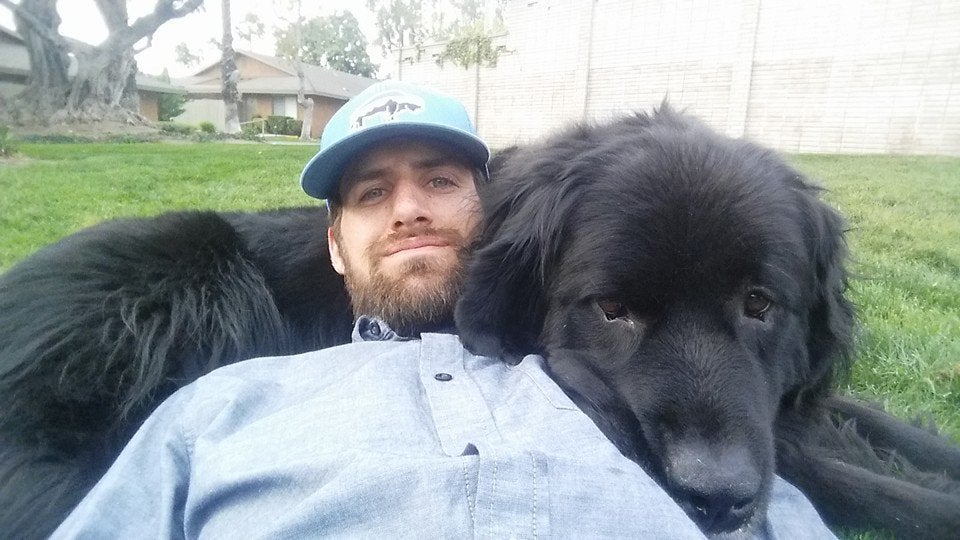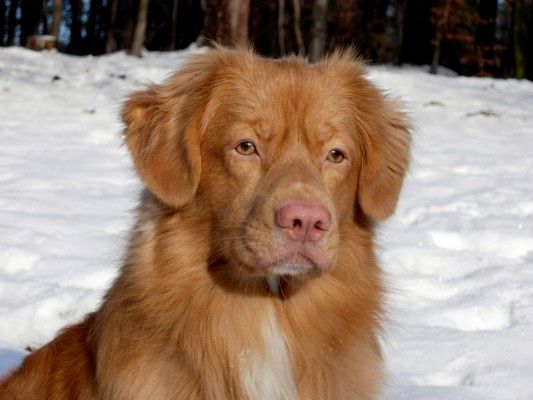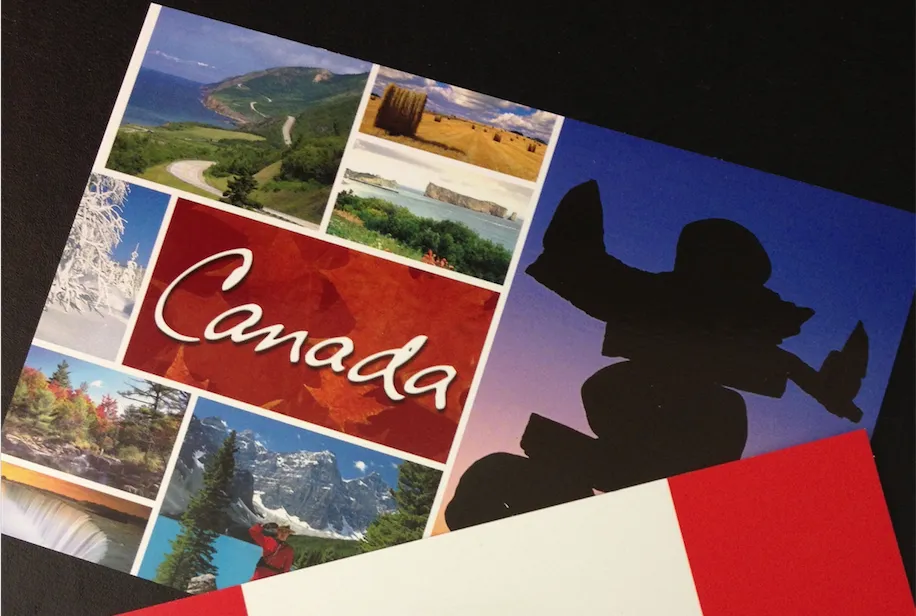Table of Contents
Geoff Corfield
Geoffrey Corfield has been active in Conservative politics in Canada since 1976, both federally and provincially. But he won’t always write about politics because he has more experience with writing history and humour. He lives in London, Ontario, frequents used book shops, swims lengths, drinks beer, plays croquet, has his own town in north-central Queensland and six books published, and would very much like to find a publisher for this New Zealand book and its companion one for Australia.
There are four breeds of dogs attributed to having originated in
Canada. Three of them are well known and one of them isn’t, not even
in Canada. They all like water, with one of them actually preferring
the frozen variety. Three of them come from Canada’s east coast, and
are named after two Canadian provinces. The other one comes from the
far north (the land of frozen water).
Probably the best-known dog of the four is the Labrador Retriever. It
comes from Labrador, the mainland part of the east coast province of
Newfoundland and Labrador. Originally used to help fishermen haul nets
ashore (it loves water), it’s also a good hunting dog and faithful
companion; but nowadays it’s perhaps best known for being a guide dog
for the blind and a police sniffer dog because of its intelligence,
ability to be trained and friendly nature. They come in brown,
chocolate, yellow or cream; but mainly basic black.

The BFD. Source:https://dogtime.com/dog-breeds/labrador-retriever#/slide/1
The dog from the island part of the province of Newfoundland and
Labrador, and related to the Labrador, is the Newfoundland dog. This
is a big dog (110-150lbs), also originally used to help fishermen haul
nets; but it’s now a very gentle, docile, affectionate and loyal
companion dog. Unfortunately, however, as with a lot of the other
larger dog breeds, they don’t live as long as you’d like them to. They
love water and are absolutely impervious to all kinds of weather
except heat, making them definitely outdoor not indoor dogs. Available
in black only.

The BFD. Source: https://www.reddit.com/r/aww/comments/48yiah/laying_down_with_my_newfie/
The other dog from the east coast of Canada is the Nova Scotia Duck
Tolling Retriever. That’s “tolling” as in luring. It was bred to lure
curious ducks towards duck hunters, by playing and creating a
disturbance along a riverbank or shoreline, then swimming out and
retrieving the unfortunate shot ones. It’s credited with being
developed in Yarmouth County, Nova Scotia in the late 1800s, but even
now it’s not a very well known dog even in Canada. Its colouring is
various shades of red often with white markings, sort of like a fox,
but it looks more like a spaniel or a setter.

The BFD. Nova Scotia Duck Tolling Retriever.
There had to be a sled dog from Canada’s far north, and that dog is
the Canadian Eskimo Dog (or Husky or Esquimaux). Of the four main sled
dog breeds: the Alaskan Malamute, the Greenland Dog, the Siberian
Husky, and the Canadian Eskimo Dog; the Canadian husky is second
biggest to the Malamute (60-105lbs to 85-125lbs), and slightly shorter
in height (20-27″ to 23-28″). It also ranks second to the Siberian in
speed, and second to the Malamute in strength.
This dog breed was rescued by The Eskimo Dog Research Foundation when
snowmobiles took over from sled dogs. A few dogs were obtained from
the Boothia Peninsula, Melville Peninsula and Baffin Island in
Canada’s Arctic; and taken to Yellowknife, the capital of the
Northwest Territories, where the breed was re-established and
registered. They come in a variety of colours and love to do what they
do best: pull a dog sled.

The BFD. An Eskimo dog. Wood engraving.
If you enjoyed this BFD article please share it.









